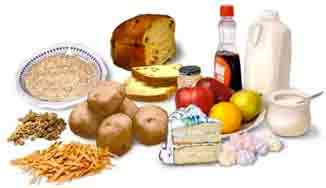 Carbohydrates provide the body with its main source of energy, but there are two different types. Simple carbohydrates—such as the sugars found in sweets, cakes, and biscuits—release their energy (calories) quite quickly. Complex carbohydrates take longer to digest and release their energy more slowly.
Carbohydrates provide the body with its main source of energy, but there are two different types. Simple carbohydrates—such as the sugars found in sweets, cakes, and biscuits—release their energy (calories) quite quickly. Complex carbohydrates take longer to digest and release their energy more slowly.
Which is the best type of carb? That depends on the situation. A diabetic with low blood sugar, needing to raise their energy levels fast, would need a simple carbohydrate. In general though, the body does not need a sudden rush of calories and normally stores the excess calories as fat; so complex carbohydrates are, for the most part, the healthiest option.
Ten Healthy Complex Carbohydrate Choices
- Brown Rice (83.7% Carbohydrate)
Brown rice may not look quite as appetizing as white rice, but as far as nutrition goes it’s the hands down winner every time. Brown rice is what white rice used to be before it went through the refining process that removed its side hull and bran. Unfortunately white rice’s squeaky clean look comes at a price because the refining process removes most of the rice’s natural nutrients as well; so although white rice is still a good source of carbohydrate it is but a shadow of its former self.

- Semolina (73% Carbohydrate)
Semolina is a coarsely ground grain, made from durum wheat. It is used to make couscous, pasta, and some types of bread. But no matter what its form it provides plenty of (slow-release) energy, along with a generous helping of protein to nourish the skin and muscles. Semolina also provides numerous vitamins and minerals including Iron (good for the blood) and selenium (boosts the immune system and reduces the likelihood of heart disease).
- Kamut (70% Carbohydrate)
A form of grain not too dissimilar to durum, Kamut is often used as an alternative to brown rice. It provides higher quantities of heart-healthy fatty acids than most other grains, is 15% protein, and was so revered as a food source in ancient Egypt it was considered the food of pharaohs. Kamut is high in fiber and a good provider of manganese (aids the metabolism and nervous system), niacin (ensures efficient metabolism of fats, proteins, and carbohydrates), and magnesium (maintains healthy teeth and bones).
- Oats (66% Carbohydrate)
Love ’em or hate ’em you can’t beat ’em, oats are high in carbohydrate and just 100g provides 13g of protein, so they are great for providing plenty of energy over a long period of time, and can assist muscle growth and repair. Oats also contain a higher amount of soluble fiber than most other grains, much of it in the form of beta-glucan, which provides oats with their cholesterol-lowering abilities.

- Quinoa (64% Carbohydrate)
Quinoa is one of the most popular “superfoods” in the world. It’s free from gluten, is packed full of protein, minerals and fiber, and has such a high nutritional value the United Nations paid it homage by naming 2013 “The International Year of Quinoa”. It’s basically just a seed that is prepared and eaten like a grain, but it’s a seed that causes the body to grow healthier. The ancient Incas called it the “mother of all grains.” The flavonoids quercin and kaempferol are two of the more interesting components found in quinoa and both are known to have anti-viral, anti-depressant, and anti-cancer qualities.
- Bananas (23% Carbohydrate)
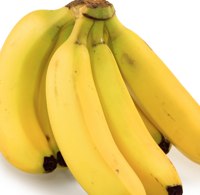 Bananas are a good carbohydrate provider, but they are unusual because they change considerably as they ripen. Most of the carbohydrate in green bananas comes from a kind of resistant starch that the human body struggles to digest. This gives green bananas a low glycemic index (in the region of 30)—so green bananas provide complex carbohydrate and are good for providing ongoing energy. As they ripen, however, the starch is converted to simple sugars that have a much higher glycemic index (often up to 70)—so the complex carbohydrate becomes a simple carbohydrate that can provide an instant energy buzz.
Bananas are a good carbohydrate provider, but they are unusual because they change considerably as they ripen. Most of the carbohydrate in green bananas comes from a kind of resistant starch that the human body struggles to digest. This gives green bananas a low glycemic index (in the region of 30)—so green bananas provide complex carbohydrate and are good for providing ongoing energy. As they ripen, however, the starch is converted to simple sugars that have a much higher glycemic index (often up to 70)—so the complex carbohydrate becomes a simple carbohydrate that can provide an instant energy buzz.
- Lima Beans (21% Carbohydrate)
Lima beans are 21% protein and are just bursting with dietary fiber, so they are certainly a healthy food option and, with each 100g providing 338 calories, they are a good source of energy. Lima beans are also rich in B vitamins—which can boost the metabolism and assist weight loss/muscle growth and repair.
- Kale (9% Carbohydrate)
Like other leafy greens, kale is bursting with nutritional goodness. It’s high in fiber and is a particularly good provider of vitamin K, which is important or ensuring the blood’s clotting ability. Vitamin K is also important for developing/maintaining healthy bones.
- Tomatoes (Carbohydrate 3.9%)
Tomatoes are a good source of health-boosting antioxidants and are known to reduce the risk of heart disease. This humble fruit, though often taken for granted, also ensures strong bones and protects against cancer. Scientists have noticed people whose natural diets contain an above average intake of tomatoes are less prone to Alzheimer’s disease.
- Spinach (3.6% Carbohydrate)
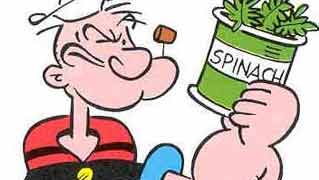 Although, as an energy provider, spinach is at the lower end of the scale, its high nutritional value makes it an excellent food choice for anyone who is trying to cut down on calories and lose weight. As well as providing numerous vitamins and minerals, spinach contains fat-related molecules called glycoclycerolipids, and recent studies indicate the glycoclycerolipids from spinach can protect the digestive tract from internal damage. Another recent study suggests spinach may protect against aggressive prostate cancer, so most guys would do well to consider taking a leaf from Popeye’s book and ugg-ugg-ugging down a little spinach from time to time.
Although, as an energy provider, spinach is at the lower end of the scale, its high nutritional value makes it an excellent food choice for anyone who is trying to cut down on calories and lose weight. As well as providing numerous vitamins and minerals, spinach contains fat-related molecules called glycoclycerolipids, and recent studies indicate the glycoclycerolipids from spinach can protect the digestive tract from internal damage. Another recent study suggests spinach may protect against aggressive prostate cancer, so most guys would do well to consider taking a leaf from Popeye’s book and ugg-ugg-ugging down a little spinach from time to time.
Although carbohydrates are essential some people find that a low carb diet suits them better. Read about low carb foods here

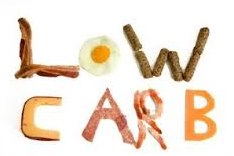 Diet plans come in many shapes and sizes, but the one that has gotten the most attention and is still a popular method of weight loss is a low carbohydrate diet.
Diet plans come in many shapes and sizes, but the one that has gotten the most attention and is still a popular method of weight loss is a low carbohydrate diet. Carbohydrates are used by your body to make glucose. Glucose is your body’s fuel which is turned into energy.
Carbohydrates are used by your body to make glucose. Glucose is your body’s fuel which is turned into energy.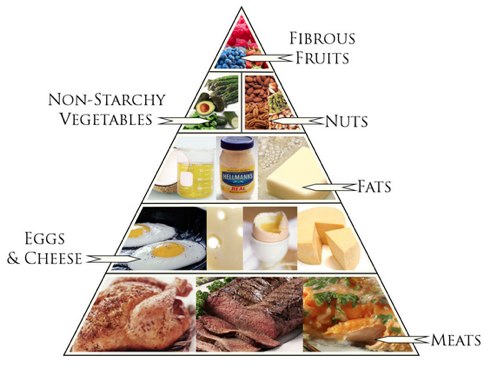
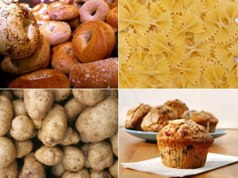 If you choose to try a low carb diet, you need to know that there is an adjustment period that your body will go through to get used to eating this way.
If you choose to try a low carb diet, you need to know that there is an adjustment period that your body will go through to get used to eating this way. Keep in mind that eating a low carb diet is not forever. At some point, your body will react negatively to being deprived of carbohydrates for a long period of time. Your body is designed to use carbohydrates properly when they are consumed in proper amounts and at proper times (like before and after exercise).
Keep in mind that eating a low carb diet is not forever. At some point, your body will react negatively to being deprived of carbohydrates for a long period of time. Your body is designed to use carbohydrates properly when they are consumed in proper amounts and at proper times (like before and after exercise).